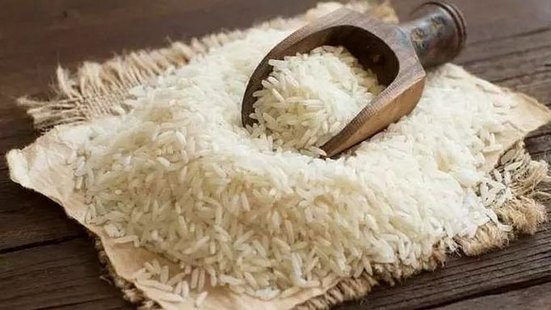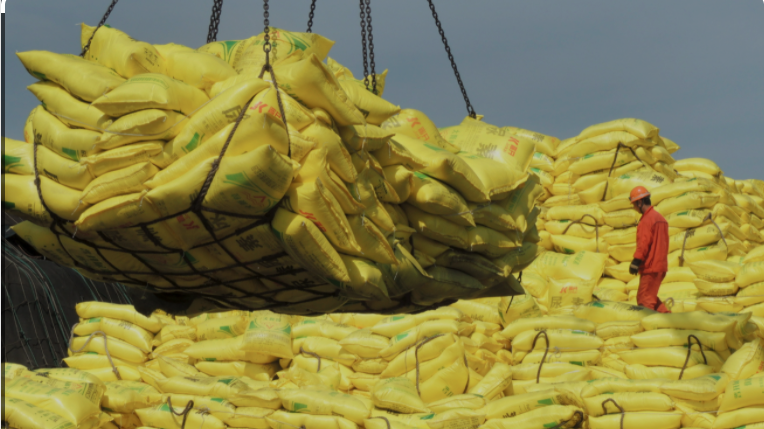Rice reserves, including unmilled paddy, in state granaries totaled 44.1 million metric tonnes as of December 1, against a government target of 7.6 million tonnes, data compiled by the Food Corporation of India showed.Wheat stocks as of Dec. 1 were at 22.3 million tonnes, against the target of 13.8 million tonnes. Larger rice stocks would allow India to increase shipments without jeopardizing domestic supplies. Last year’s erratic monsoon rains prompted New Delhi to restrict exports of all kinds.
Expectations of a bumper harvest have prompted India to remove export restrictions on all types of rice except broken rice.
Amid overflowing grain silos, Indian farmers harvested a record rice crop of 120 million tonnes in this year's summer season, accounting for nearly 85% of total rice production.
With the arrival of the new crop, the Food Corporation of India's stockpiles are expected to rise further in the coming months, raising storage concerns in the world's second-largest rice producer.
The Food Corporation of India is expected to buy 48.5 million metric tons of the new summer-sown rice in the marketing year that began Oct. 1, up from 46.3 million tons bought from farmers in 2023-24.
This year’s abundant monsoon rains have prompted farmers to expand planting areas.
Unlike rice, India does not allow wheat exports.
Indian wheat prices have hit a record high due to strong demand, limited supply and a delay in releasing stocks from government warehouses to boost supplies.

